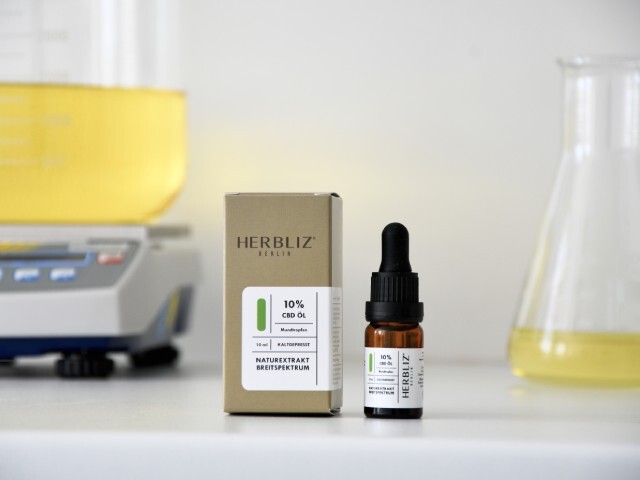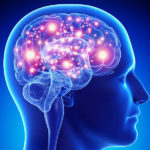
CBD and Endometriosis
Endometriosis is a challenging condition that affects millions of women worldwide. Characterized by the abnormal growth of endometrial tissue outside the uterus, it often leads to severe pelvic pain, inflammation, and infertility. While conventional treatments such as pain medication, hormonal therapy, and surgery can provide relief, many individuals seek alternative remedies to manage their symptoms and improve their quality of life. One such remedy gaining attention is cannabidiol (CBD), a compound derived from the cannabis plant known for its potential therapeutic benefits. In this article, we explore the relationship between CBD and endometriosis, examining its effectiveness in easing pain and inflammation.
Understanding Endometriosis
Before delving into the role of CBD in managing endometriosis symptoms, it’s crucial to understand the condition itself. Endometriosis occurs when tissue similar to the lining of the uterus grows outside the womb, commonly on the ovaries, fallopian tubes, and the tissue lining the pelvis. This abnormal tissue behaves like endometrial tissue, thickening, breaking down, and bleeding with each menstrual cycle. However, because it has no way to exit the body, it becomes trapped, leading to inflammation, scar tissue formation, and debilitating pain.
The symptoms of endometriosis vary from person to person but often include:
- Chronic pelvic pain
- Painful menstrual periods (dysmenorrhea)
- Pain during intercourse
- Excessive bleeding
- Infertility
Diagnosing endometriosis can be challenging as its symptoms overlap with other conditions. It typically requires a combination of medical history review, pelvic exams, imaging tests, and sometimes laparoscopic surgery for confirmation.
The Potential of CBD in Managing Endometriosis Symptoms
Cannabidiol (CBD) is one of over a hundred compounds, known as cannabinoids, found in the cannabis plant. Unlike tetrahydrocannabinol (THC), another well-known cannabinoid, CBD is non-intoxicating, meaning it doesn’t produce the “high” associated with marijuana use. Instead, CBD is believed to interact with the body’s endocannabinoid system, which plays a crucial role in regulating various physiological processes, including pain perception, inflammation, mood, and sleep.
Research on CBD’s potential benefits in managing pain and inflammation associated with endometriosis is still in its early stages. However, preliminary studies and anecdotal evidence suggest that CBD may offer relief for some individuals. Here’s how CBD may help alleviate endometriosis symptoms:
1. Pain Relief
CBD has been studied for its analgesic properties, with several studies indicating its potential to reduce pain sensation. Endometriosis-related pain, whether chronic pelvic pain or dysmenorrhea, can be debilitating and significantly impact daily life. CBD may help mitigate this pain by interacting with cannabinoid receptors in the nervous system and modulating pain signals.
2. Anti-inflammatory Effects
Inflammation is a hallmark of endometriosis, contributing to pain and tissue damage. CBD has demonstrated anti-inflammatory properties in various preclinical studies, suggesting its potential to reduce inflammation associated with endometriosis. By suppressing inflammatory responses, CBD may help alleviate symptoms and improve overall well-being.
3. Muscle Relaxation
Many individuals with endometriosis experience pelvic muscle tension and spasms, exacerbating their pain. CBD’s muscle relaxant properties may offer relief by easing muscular tension and reducing spasms, thereby alleviating discomfort. If you want to know more about CBD, they suggest that you head to The Netizens Report.
4. Mood Regulation
Living with endometriosis can take a toll on mental health, leading to anxiety, depression, and mood disturbances. CBD has shown promise in promoting relaxation and reducing anxiety in some studies. By positively influencing mood and stress responses, CBD may help individuals cope better with the emotional challenges of managing a chronic condition like endometriosis.

Incorporating CBD into Endometriosis Management
While CBD shows potential in easing endometriosis symptoms, it’s essential to approach its use with caution and under the guidance of a healthcare professional. Consider the following tips for incorporating CBD into your endometriosis management plan:
- Consult with Your Doctor: Before trying CBD or any alternative remedy, discuss it with your healthcare provider to ensure it’s safe for you, especially if you’re taking other medications or have underlying health conditions.
- Start Low and Go Slow: If your doctor approves the use of CBD, start with a low dose and gradually increase it as needed while monitoring for any adverse effects.
- Choose Quality Products: Look for reputable CBD products from trusted manufacturers that undergo third-party testing for potency and purity. Opt for full-spectrum CBD products, which contain additional beneficial compounds from the cannabis plant.
- Consider Different Administration Methods: CBD is available in various forms, including oils, capsules, edibles, topicals, and tinctures. Experiment with different administration methods to find what works best for you.
- Track Your Symptoms: Keep a journal to track your endometriosis symptoms before and after using CBD to assess its effectiveness. Note any changes in pain levels, inflammation, mood, and overall well-being.
Conclusion
Endometriosis is a complex and challenging condition that can significantly impact quality of life. While conventional treatments play a crucial role in managing symptoms, many individuals seek alternative therapies like CBD to complement their treatment regimen. Although research on CBD and endometriosis is still evolving, preliminary evidence suggests that CBD may offer relief from pain, inflammation, and other symptoms associated with the condition. By understanding how CBD interacts with the body and incorporating it into a comprehensive management plan under medical supervision, individuals with endometriosis can explore new avenues for improving their health and well-being.









